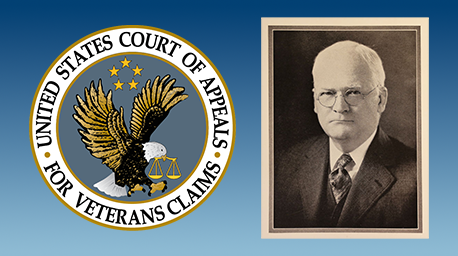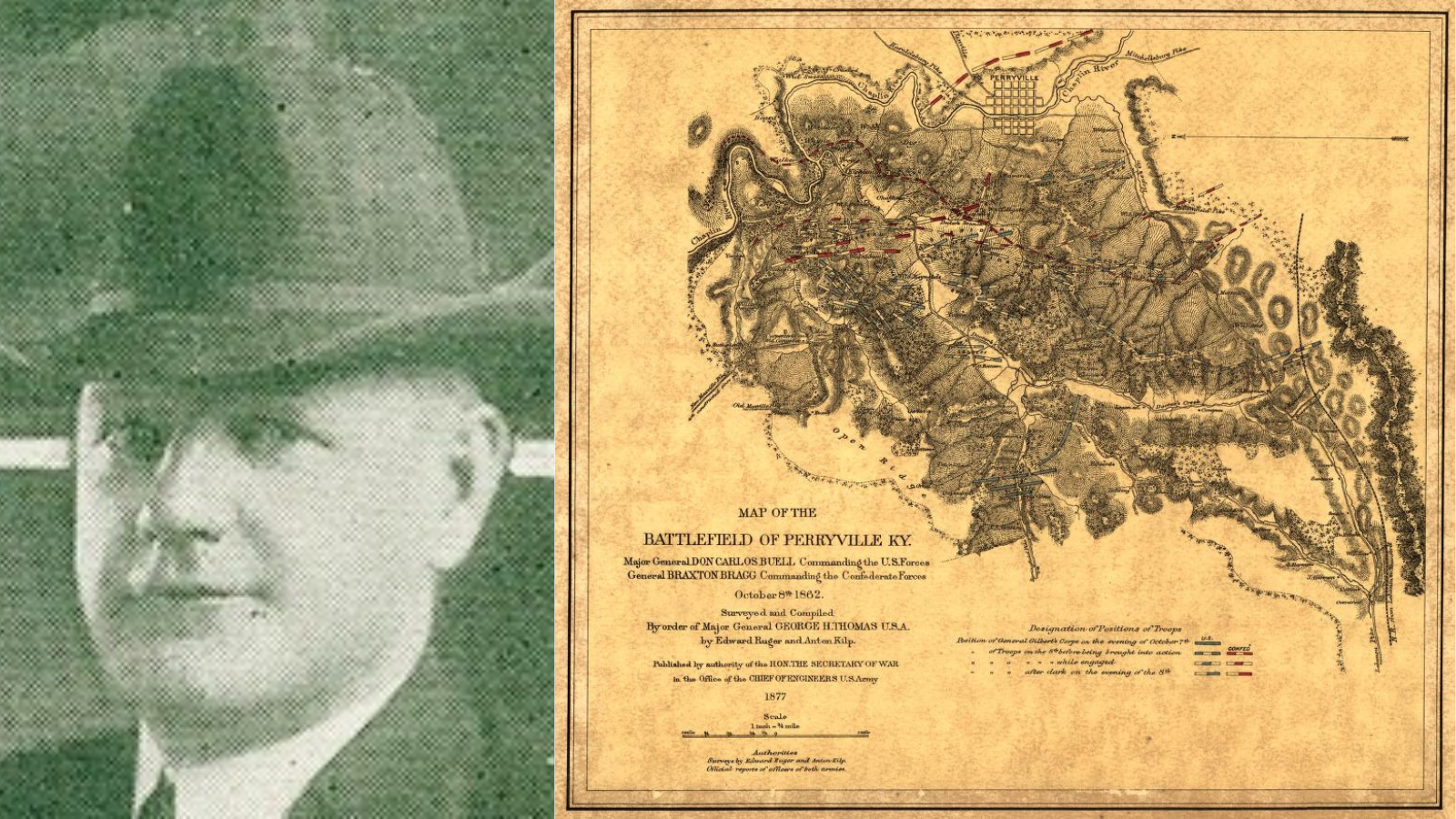
On August 7, 1782, General George Washington, Commander-in-Chief of the Continental Army, created the “Badge of Military Merit,” or Purple Heart, to recognize regular soldiers and non-commissioned officers who demonstrated “not only instances of unusual gallantry in battle, but also extraordinary fidelity and essential service in any way,” during the American Revolution.
By that summer, the war had been waged for more than 7 years, and the Continental Army had experienced thousands of casualties and losses. Existing records of the time show that General Washington personally awarded the Badge of Military Merit – which he designed in “the figure of a heart in purple cloth or silk, edged with narrow lace or binding” – to three non-commissioned officers. It would not be awarded for another 150 years – until the bicentennial of Washington’s birth on February 22, 1932.
On that date, in honor of General Washington’s memory and military achievements, United States (U.S.) Army Chief of Staff, General Douglas MacArthur, announced that World War I Veterans who had been wounded or received a Meritorious Service Citation, were eligible to receive the Badge, renamed “Purple Heart.” General MacArthur, who was instrumental in reviving the nation’s oldest military decoration, oversaw its redesign to the modern Purple Heart known today – a bronze-bordered purple heart-shaped medal bearing Washington’s profile and coat of arms – and received Purple Heart No. 1.
On December 3, 1942, President Franklin Delano Roosevelt signed Executive Order 9277, extending applicability of the Purple Heart to all U.S. Military Services, and designating the award for those were wounded, killed or died as a result of wounds received in action, rather than for meritorious service.
Over the years, Congress and the President have continued to authorize changes to the eligibility criteria for award of the Purple Heart, based on medical conditions, conflicts, and other events. These include expanding eligibility to military personnel and government civilians killed or wounded in international terrorist attacks after March 28, 1973; servicemembers killed or wounded in action by friendly fire; and former prisoners of war who were wounded before April 25, 1962. The National Defense Authorization Act (NDAA) for Fiscal Year (FY) 1998 limited the award to only servicemembers of the Armed Forces. Most recently, the NDAA for FY 2015 expanded eligibility to servicemembers killed or wounded in attacks against the U.S. by foreign terrorist organizations.
Since 1932, an estimated 1.8 million Purple Hearts have been awarded to servicemembers in the name of the President of the United States.
At a congressional hearing held February 26, 2019, then VA Secretary Robert L. Wilkie announced a change to the VA claims process, stating, “Those who hold the Purple Heart, the recognition of wounds taken in battle, will now receive priority consideration when it comes to claims before the Department of Veterans Affairs.” The VA Veterans Benefits Administration amended its priority processing categories to include initial disability claims received from Purple Heart recipients on or after April 1, 2019.
Purple Heart history quiz
Sources
- Purple Heart, The Institute of Heraldry, Office of the Administrative Assistant to the Secretary of the Army
- Purple Heart Wikipedia
- The Purple Heart – The Story of America’s Oldest Military Decoration and Some Soldier Recipients, Army History
- 8 Things You Need to Know About the Purple Heart Medal, USO
- Military Badges, The Fred W. Smith National Library for the Study of George Washington at Mount Vernon
- Purple Heart recipients added to VA priority claim process, March 1, 2019, VAntage Point
- Secretary Wilkie testifies that VA will accelerate disability benefits claims processing for Purple Heart Medal recipients, February 26, 2019, VA Office of Public and Intergovernmental Affairs New Release
By Barbara Matos
Executive Assistant, Office of Acquisition and Logistics, Office of Procurement Policy, Systems and Oversight
Share this story
Related Stories

Featured Stories
A Brief History of the Board of Veterans’ Appeals
On July 28, 1933, President Franklin Delano Roosevelt signed Executive Order 6230 creating the Board of Veterans’ Appeals (BVA). The BVA was created as part of the Veterans Administration (VA), which had been established only three years earlier.

Featured Stories
The Fall of Saigon 1975: A South Vietnamese Military Physician Remembers
"There was chaos in the streets when I made my way to the hospital on the morning of April 30, 1975. In a place of order, there was now great confusion. The director and vice director of the hospital were gone, making me, the chief of medicine, the highest-ranking medical officer."



